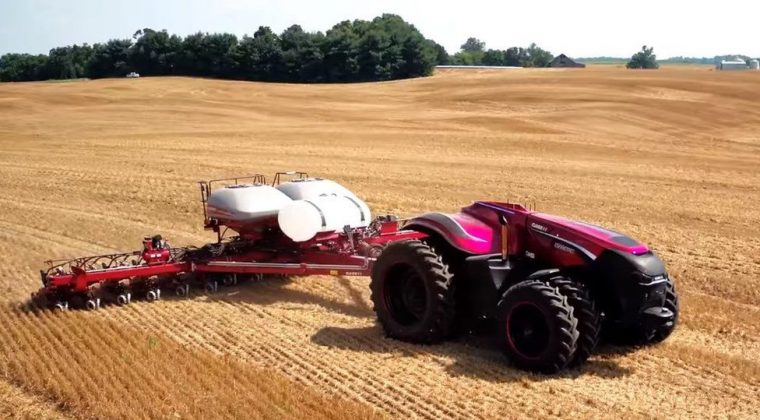
It’s not far off the future to have our fields be tilled, sown, tended and harvested entirely by a fleets of co-operating autonomous machines by land or air. These machine could work day and night. Driverless tractors were already being deployed at large farms around the world. Drones are being used for farming there are ground sensors to monitor the amount of soil’s water and nutrients. The future where farming is automated is not too-far or too-soon anymore.
Food shortages, big business
The World Bank says that if the global population continues to rise at it’s current pace, there’ll be a need to produce 50% more food by 2050.
So with autonomous tractors, ground-based sensor, drones and other autonomous machines could help farmers to increase the products quantity and maintain or enhanced the products quality at lower cost. Big business around the world are already invested in using autonomous machines for farming.
There’s a lot of advantages and disadvantages when using autonomous machines for farming. Machines won’t get physically tired, get sick and a time off is not needed which would result to a higher quality and lower the cost production. Machines are fast and will makes fewer mistakes. Machines provide an opportunity to replace human operators with a good return on investment by providing effective solutions.
The disadvantages of autonomous farming, is the expense, they needed maintenance to keep them running. The high cost of research and development. And potential loss of farming jobs.
The uses of autonomous machines for farming is already on process or already operating in other countries, it won’t be too long for the world to adapt and use machines for farming.
Contact us for further information
